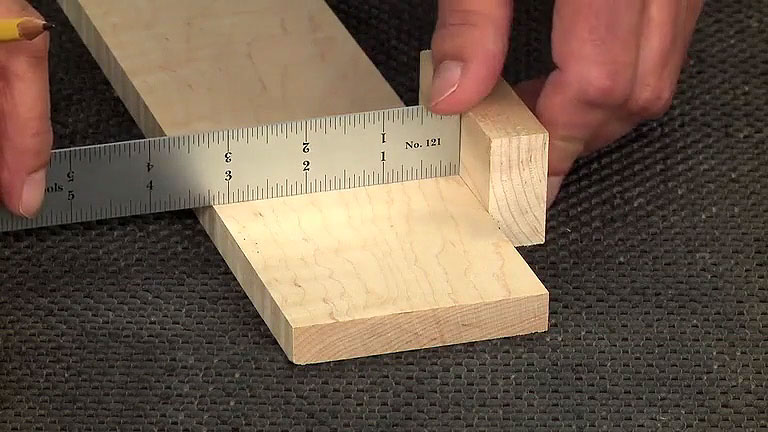Sharpening is a skill best learned by doing, not reading. Yet at the same time, there are some finer points that aren’t so easy to pick up on your own. Once I figured those out, my sharpening results improved substantially.
In order to get the best results, it’s important to make sure that your sharpening surface is dead flat. I can’t emphasize this enough. Stones that have grooves or hollows worn into them will make it nearly impossible to get a straight, consistent edge on a tool. Note: I use waterstones for my sharpening. But the same advice applies whether you use diamond stones, oilstones, sandpaper on plate glass, or any other sharpening method — a flat surface is essential.

I generally flatten my waterstones before each sharpening session. And I’ll even stop in the middle of the sharpening process to re-flatten a stone if necessary. This is especially true with coarser grit stones, which wear quickly.
To flatten a waterstone, rub it back and forth on a flattening stone or a sheet of sandpaper on a flat surface.

Turn the stone over frequently to examine your progress. Dark patches indicate low spots that still need more work before the surface of the stone is flat.
One good technique to develop is to use the entire surface of the stone as you sharpen in order to minimize the wear in any one area. This not only extends the time in between flattenings, it makes the process a lot easier.

A straightedge can be used to quickly check the surface of the stone to make sure it’s dead flat.
As you move from stone to stone, it’s a good idea to thoroughly wipe down the tool so you won’t transfer any abrasive particles from one stone to another. And you should also have plenty of clean water to wash off the waterstones to prevent them from getting clogged.
When I don’t meet with immediate success, I’m often tempted to look for a quick fix. But instead of buying more jigs and gadgets, or switching from one type of sharpening system to another, focus on improving your skills. You’ll get there eventually. And the payoff of a sharp tool will be well worth the effort.











